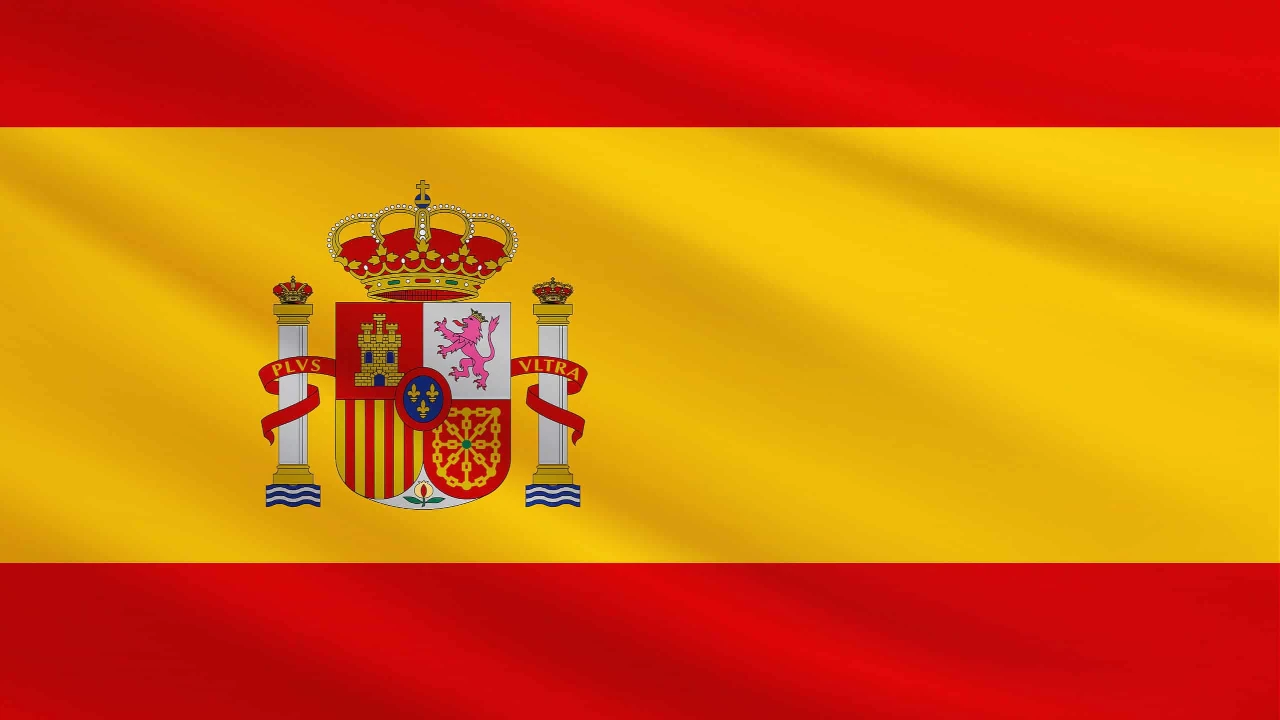
Spanish is one of the most widely spoken languages in the world, with a significant number of countries adopting it as their official language. In this list, we will explore the top 10 Spanish-speaking countries, providing a detailed description of each country, including geographical and historical information, and mentioning the approximate number of people who use Spanish as their language.
Top 10 Spanish-Speaking Countries:
1. Mexico (Over 126 million): Mexico is the most populous Spanish-speaking country and is located in North America. It is characterized by its rich cultural heritage, with a blend of indigenous and Spanish influences. From ancient Mayan ruins in places like Chichen Itza to bustling modern cities like Mexico City, the country offers diverse landscapes, including stunning beaches along its extensive coastline. Mexico was the center of the Aztec and Maya civilizations before the Spanish conquest in the 16th century. The country gained independence from Spain in 1821 and has since been shaped by a tumultuous history of revolutions and social movements.
2. Colombia (Around 51 million): Colombia is situated in South America and is known for its breathtaking natural beauty, including the Amazon rainforest, Andes mountains, and Caribbean coastlines. Its lively cities, such as Bogotá and Medellín, are famous for their cultural offerings and vibrant nightlife. Colombia was once inhabited by various indigenous tribes before the arrival of Spanish explorers. It gained independence from Spain in 1819, and despite periods of conflict, it has become a thriving and diverse nation.
3. Spain (Approximately 47 million): Spain is located in southwestern Europe and is the birthplace of the Spanish language. It offers a rich tapestry of history, art, and architecture. From the Alhambra palace in Granada to the Sagrada Familia in Barcelona, Spain boasts numerous cultural landmarks. Spain played a crucial role in European history, with its influence spreading across the globe during the Age of Exploration. It was a significant colonial power, leading to the spread of the Spanish language in various parts of the world. Spain’s history is filled with contributions to art, literature, and science, making it an essential part of world heritage.
4. Argentina (Around 45 million): Situated in South America, Argentina is a land of contrasts, from the bustling streets of Buenos Aires to the vast Pampas grasslands and the stunning Andes mountains. Argentina’s history is shaped by waves of immigration from Europe in the 19th and 20th centuries, which contributed to its vibrant cultural identity. The country played a significant role in the Spanish colonization of the Americas. Argentina’s cultural offerings, including tango music and dance, have gained international recognition, making it a hotspot for tourism and artistic expression.
5. United States of America (USA) (Over 41 million): While English is the primary language of the USA, Spanish is widely spoken, especially in states with significant Hispanic populations like California, Texas, Florida, and New York. The country offers diverse landscapes, from the skyscrapers of New York City to the beaches of Florida and the national parks of the Rocky Mountains. Spanish explorers, including Christopher Columbus and later Hernán Cortés and Francisco Pizarro, played a vital role in the discovery and exploration of the Americas, including parts of what is now the United States. Spanish colonization and influence have left a lasting impact on the country’s culture and heritage. The USA’s vibrant Hispanic community has contributed significantly to the nation’s cultural diversity, and Spanish has become an integral part of the country’s linguistic landscape.
6. Peru (Approximately 33 million): Peru is a South American nation known for its diverse landscapes, from the dense Amazon rainforest to the towering peaks of the Andes. It offers a blend of ancient history and colonial heritage. Peru was the heart of the Inca Empire, and remnants of this civilization can still be seen in places like Machu Picchu, attracting millions of visitors every year. The Spanish conquest in the 16th century significantly impacted the country’s culture and heritage, resulting in a fusion of indigenous and European influences.
7. Venezuela (Around 28 million): Venezuela is situated in northern South America, boasting beautiful Caribbean coastlines and diverse landscapes, including the Andes mountains. The country’s history includes indigenous civilizations and later Spanish colonization. Venezuela gained independence from Spain in 1821 and became a major oil-producing nation in the 20th century. Despite its recent economic challenges, Venezuela’s natural beauty and rich cultural traditions continue to attract tourists and researchers interested in its ecological diversity and historical significance.
8. Chile (About 18 million): Chile stretches along the western edge of South America, offering stunning geographical diversity, from the Atacama Desert, the driest in the world, to the snow-capped Andes mountains. Chile’s history is marked by indigenous cultures and the Inca Empire before the arrival of the Spanish. The country gained independence in 1818 and has since experienced periods of political and social change. Chile’s contributions to literature, arts, and astronomy have garnered international acclaim, solidifying its reputation as a vibrant cultural center.
9. Ecuador (Approximately 17 million): Ecuador is a compact country in South America, known for its geographic variety, including the Amazon rainforest, the Andes mountains, and the Galapagos Islands. Ecuador was part of the Inca Empire before being conquered by the Spanish in the 16th century. It later became part of Gran Colombia and finally gained full independence in 1830. Ecuador’s Galapagos Islands hold particular ecological significance, attracting researchers and nature enthusiasts from around the world, while its diverse cultural heritage adds depth to its appeal as a travel destination.
10. Guatemala (Around 16 million): Guatemala is located in Central America and is known for its stunning volcanic landscapes, dense rainforests, and ancient Mayan ruins. The country was the heart of the Maya civilization and has a rich indigenous heritage. Guatemala was a Spanish colony until it gained independence in 1821. Its Mayan archaeological sites, such as Tikal and El Mirador, offer a glimpse into an ancient civilization’s fascinating history. Guatemala’s traditional crafts, colorful festivals, and warm hospitality have made it a popular destination for cultural tourism.
Conclusion: Spanish-speaking countries boast a rich tapestry of history, culture, and geography. From the ancient civilizations of the Maya and Inca to the colonial legacies of Spain, these nations have been shaped by diverse influences. Whether it’s the natural beauty of the Andes or the bustling metropolises, each country offers a unique experience and contributes to the global richness of the Spanish language. Even in the United States, Spanish has become a significant language, reflecting the country’s diverse cultural tapestry. The Spanish-speaking world remains a vibrant and essential part of our global community.



